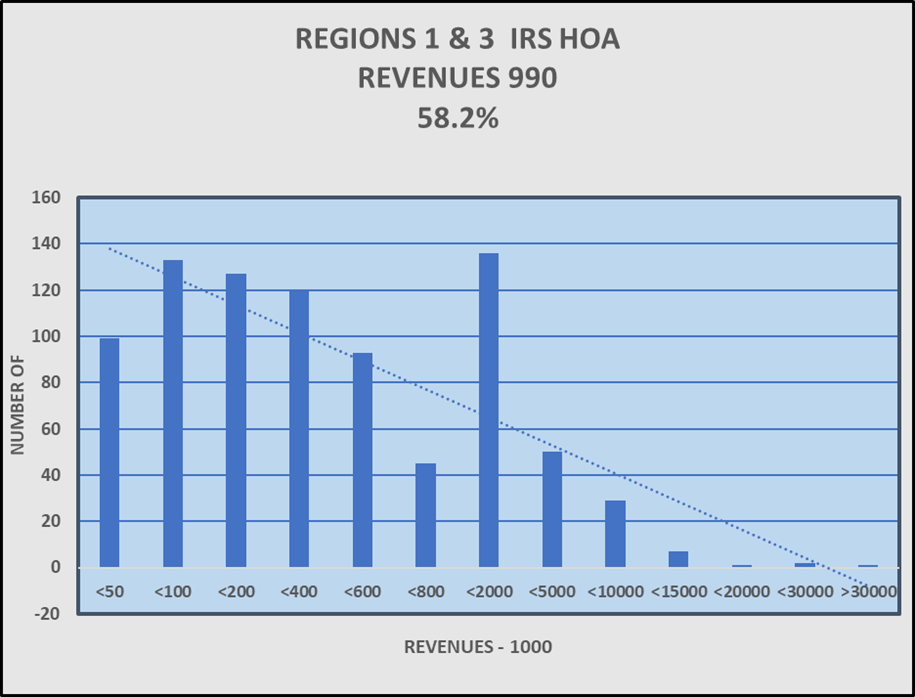Over the years I’ve come to believe that the CAI member HOA attorney are really in charge and run HOAs, especially the larger ones where the money really is. Its influence runs the gamut from its CAI School of HOA Governance,[1] to pervasive lobbying state legislatures, and its CAI Manifesto.[2] The manifesto is its “white paper,” 2020 and beyond, in which it advises its followers to influence state legislators and the courts.
QUOTE “Most legislators do not thoroughly understand common-interest communities or who their patchwork legislation is actually protecting. Legislators too often shoot from the hip, passing laws that ricochet and cause collateral damage. And they will continue to do so in the future unless the CIC interests undertake vigorous lobbying and education programs and awareness campaigns to enhance their understanding.“[p. 7][emphasis added]. UNQUOTE
In 2016 CAI published its survey[3] of large-scale associations (LSA) that revealed some insights into the strength and dominance CAI attorneys who are involved with the policies and operations of LSA HOAs. CAI defines these associations as having more than 1,000 lots with an operating budget of $2,000,000 or more, and that “provide municipal type services.”
QUOTE “CAI’s Large-Scale Managers (LSM) Committee . . . provides input on education curriculum, best practices, public policies related to management or operations of large-scale community associations, or identifying what is of value to the large-scale manager membership” [p. 2]. UNQUOTE
By “municipal type services,” CAI explains,
QUOTE “Many municipal governments viewed this new community housing concept as a means to transfer various public works and recreational responsibilities to a third party, which possessed the ability to assess property owners for the administration of these varied services.” UNQUOTE
The facts revealed
You may ask, so what has CAI really done or is this mere words? Based on CAI’s own data in the 2016 LSA survey, with only 94 respondents, readers can see the extent of CAI’s presence in these large scale HOAs — these master planned communities and these active-adult and retirement communities. Reworking the data, the study revealed that 83.5% use an HOA attorney, which is not surprising for HOAs that can have as many as 9,000 homes or more and revenues that can reach upwards to $20,000,000.
Also not so surprising is that 92.5% of the HOA’s top leaders – president, CAM/COO — are CAI members in a strong case for conflict of interests. As for senior staff, 64.9% are CAI members, and just 44.7% are on the BOD. Understand that an HOA can have one or all three categories at the same time.
Consequences
I ask again, who runs the HOA, and where does the BOD’s advice come from if not from the teachings of the CAI School of HOA Governance? I suspect that the smaller the HOA the lower the percentages using an attorney or having CAI member HOA officials. The money isn’t there!
This translates into follow the money that focuses legislators, the media, the political scientists, and the constitutional law think tanks on the LSA HOAs, treating the smaller HOAs as local nuisances. This is one good reason for failures in obtaining meaningful HOA reforms and even daily operational reforms.
References
[1] The foundation and principles of the School can be traced back to CAI’s Public Policies, The CAI Manifesto (its 2016 “white paper”), its numerous seminars and conferences, its Factbooks and surveys, its amicus briefs to the courts, and its advisories, letters, emails, newsletters, blogs etc. I have designated these foundations and principles collectively as the CAI School of HOA Governance.
[2] Community Next: 2020 and Beyond (May 5, 2016).
[3] Large Scale Associations CAI study, 2016.


